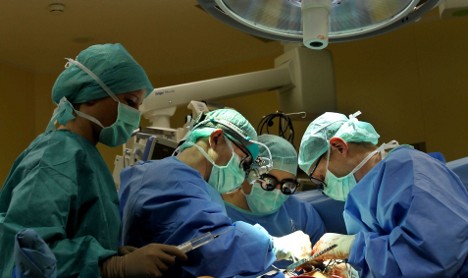“One must increasingly watch out that one doesn’t come under the knife,” said Wulf-Dietrich Leber, hospital expert for the association of statutory insurers.
He said the rise in knee, hip and spinal operations would seem to overstep what was medically sensible.
The insurers say the growth in serious operations, which are not medically necessarily, was at least in part financially motivated.
A study the insurers’ association commissioned showed a 13 percent increase in treatments between 2006 and 2010. But only 40 percent of this increase can be attributed to the increased age of the population, said Boris Augurzky, the study’s author, from the Rhineland-Westphalia Institute of Economic Research.
He said part of the increase could be due to the fact that hospitals are simply offering to do more.
Both he and the insurers say that the main reason was that hospitals are being paid larger amounts for operations – and the hospitals are thus increasing the number of the more lucrative operations they conduct. This includes operations on knees, hips, and backs, as well as cardiac interventions, which have significantly increased.
DPA/The Local/hc



 Please whitelist us to continue reading.
Please whitelist us to continue reading.
Member comments